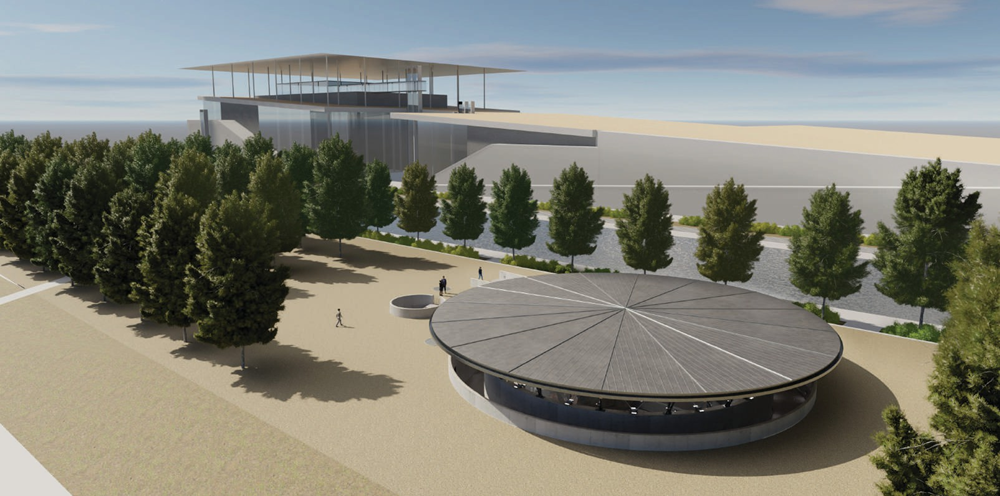
The Ministry of Culture is proceeding with the promotion of the unique finding of the “Prisoners” at the Faliro Esplanade, next to the Stavros Niarchos Foundation Cultural Center, through the creation of a permanent exhibition within the protective museum shell.
The finding dates, according to the excavators, to the turbulent period of the second half of the 7th century BC, constituting a prominent archaeological find of global interest. The aim of the exhibition is to serve the understanding of a unique historical episode during the troubled period of Athenian history, without trapping the visitor’s gaze in the violence of the image. Consequently, the find and the space exceptionally form a unit, where archaeological research meets history.
The Minister of Culture, Lina Mendoni, stated: “The significant finding of the Prisoners of Faliro relates to the mass burial of human skeletons which was discovered in March 2016 during the construction of the Stavros Niarchos Foundation Cultural Center. The execution of the ‘Prisoners,’ according to current data, took place on the spot. The individuals were buried chained, as skeletons still bear their metal shackles. From 2016 to 2020, adequate protection of the find was not ensured, resulting in part of it being lost. In 2020, in order to protect it in the best possible way, it was decided to temporarily remove the find and reposition it exactly in the same place after soil remediation. The permanent shell being constructed harmoniously integrates into the formed Esplanade, and is designed as a simple underground shell for the repositioning of the ‘Prisoners,’ allowing optimal viewing and understanding of the finding by visitors. The building shell is connected with the exhibition, aiming for a gradual transition from the present to the past, from light to darkness, and a gradual spiritual, cognitive, and emotional preparation of the visitor for the exhibit of the ‘Prisoners.’ The conceptual and spatial design of the exhibition adapts to the peculiarities of in situ preservation, protection, and promotion of the monument, with a strongly contextual and potentially emotional environment. Focusing also on the understanding of the sociopolitical context, the visitor grasps the relationship of the events to the birth of the Athenian Democracy. The entire museum infrastructure has been designed to be universally accessible.”
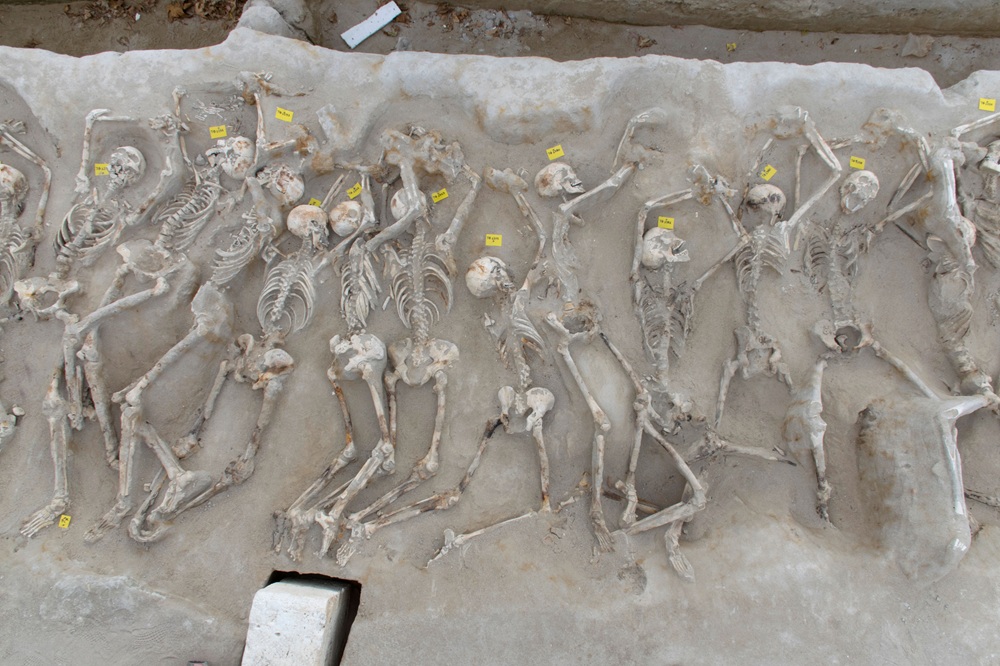
The museological and museographic approach examines the archaeological site as a historical place, focusing on a unique finding connected to an important historical event. The in situ exhibition of the find is a rare case in Greece. A fundamental principle is to convey the historical significance of the finding with respect for the dead. The building under construction for the presentation of the antiquities covers approximately 920 sq.m. and has a distinct identity and simple form. Visitors are guided downward toward a semi-open cylindrical space that starts at ground level and gradually sinks. The architectural design of the building shell aims to create a space that invites visitors to learn about the excavation findings but also to prepare for the proper interpretation of the in situ preserved mass burial, through the gradual discovery of information and the understanding of the atmosphere of the space. In the underground area, the skeletal remains—at a level of -3.75 m—will be visible from two areas through large glass-enclosed openings. The skeleton area is not accessible to the public, requiring controlled conditions for their protection.
Regarding the narrative flow, during the course of the visit, the following thematic sections unfold:
- Access/Entrance: Information about the “sensitive” subject of human remains and violent deaths. At this point, the visitor can decide whether to continue the visit. The goal is a conscious choice to visit, not a random entry.
2. Descent/Time: The downward path, via the ramp, symbolizes descent into time. The visitor leaves behind the 21st century and the Stavros Niarchos Foundation Cultural Center and enters the ancient world.
3. Transition to the area (Faliro): The visitor perceives the spatial layout (Faliro bay, sea, salt marsh, cemetery) and the relationship of Faliro to Athens (four kilometers from the Acropolis, then about an hour’s journey). An implicit comparison with today’s spatial arrangement is made, as the ancient topography has been completely altered.
4. (Wandering) through the area (cemetery): The visitor explores different burial practices and customs, values, and rites of passage related to the unknown.
5. Transition from institution to law: The aim is to understand the archaeological data and historical context, as well as interpret the findings in relation to 7th century BC Athens and the political developments that ultimately led to the birth of democracy.
6. Pause/in situ viewing: Moving in a straight descent, the visitor reaches the exhibition space of the “Prisoners” remains. Unlike previous sections, the central visit point is a space of silence.
7. Reproduction/Pause: The historical moment that “froze in time” is transformed into movement through the healing power of art.
8. Ascent/Exit: The visitor follows the reverse—upward—path in space and time.
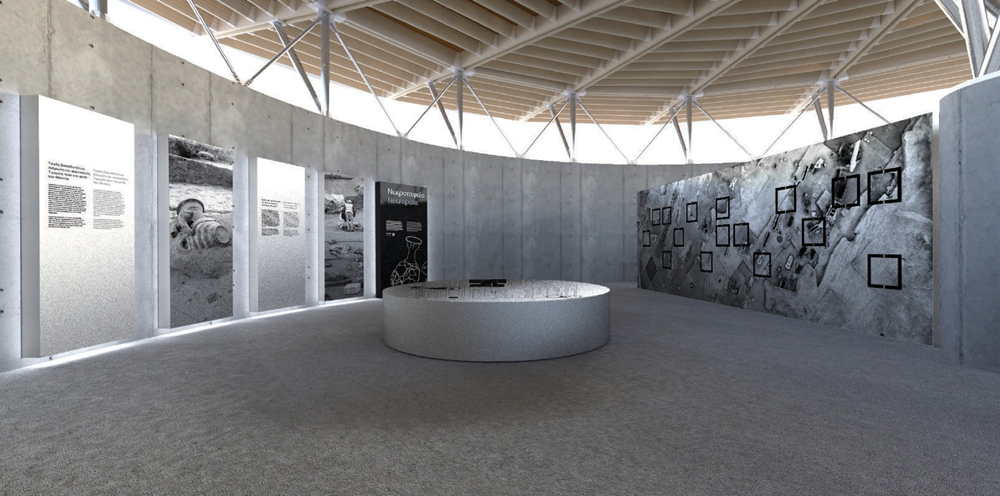
Accompanying visual material provides information and interpretative guidance, making use of a variety of interpretative tools, mainly conventional but also digital, such as texts, photographs, drawings, maps, representations, graphics, and interactivity.
History of excavations, discovery, and management of the findings
The Faliron Bay, the first port of ancient Athens, hosted the largest known cemetery of the city from the 8th to the 4th century BC. Of an area of 70 hectares, 11 hectares have been excavated, revealing 1,920 burials containing 2,087 individuals. Most date to the Archaic period. The large number and, especially, the variety of Faliron burials and burial practices (common and “deviant” burials, where not all funerary rites were performed, primary and secondary cremations, animal burials, etc.) primarily depict the living conditions of all economic classes of Athenian society. They reflect the social behavior of members towards the dead, shaping an extremely representative and not idealized image of society. It is the only cemetery in Attica, throughout its period of use, with numerous individual or mass burials of violently deceased persons (fractures and amputations, iron shackles, unusual burial positions), which makes it a probable burial location for those sentenced to death in the Archaic and Classical periods. Approximately 10.7% of the buried, that is 229 individuals, fall into this category.
The first research began in 1863, followed by rescue excavations in 1911 and 1915, which recognized the large extent and temporal duration of the cemetery. A significant finding was the “Communal Tomb of the Shackled,” with 18 executed individuals, documenting the method of execution by stoning. Between 1923 and 1925, bibliographic documentation and site protection reinforced its importance. In 1925, the creation of the hippodrome and the declaration of the surrounding area as public land, forbidding the construction of buildings, contributed to the protection of the antiquities.
The new period of excavations (2009–2016) began with the construction of the Stavros Niarchos Foundation Cultural Center (SNFCC) on the site of the old hippodrome, bringing to light the impressive find of the 79 “Prisoners” at the Esplanade. Shackled men were deposited in three rows, some tied face down and others tied to each other, bearing fatal blows to the head. Their execution is linked to the period of political turmoil recorded from the early 7th century BC and lasting up to the 6th century BC.
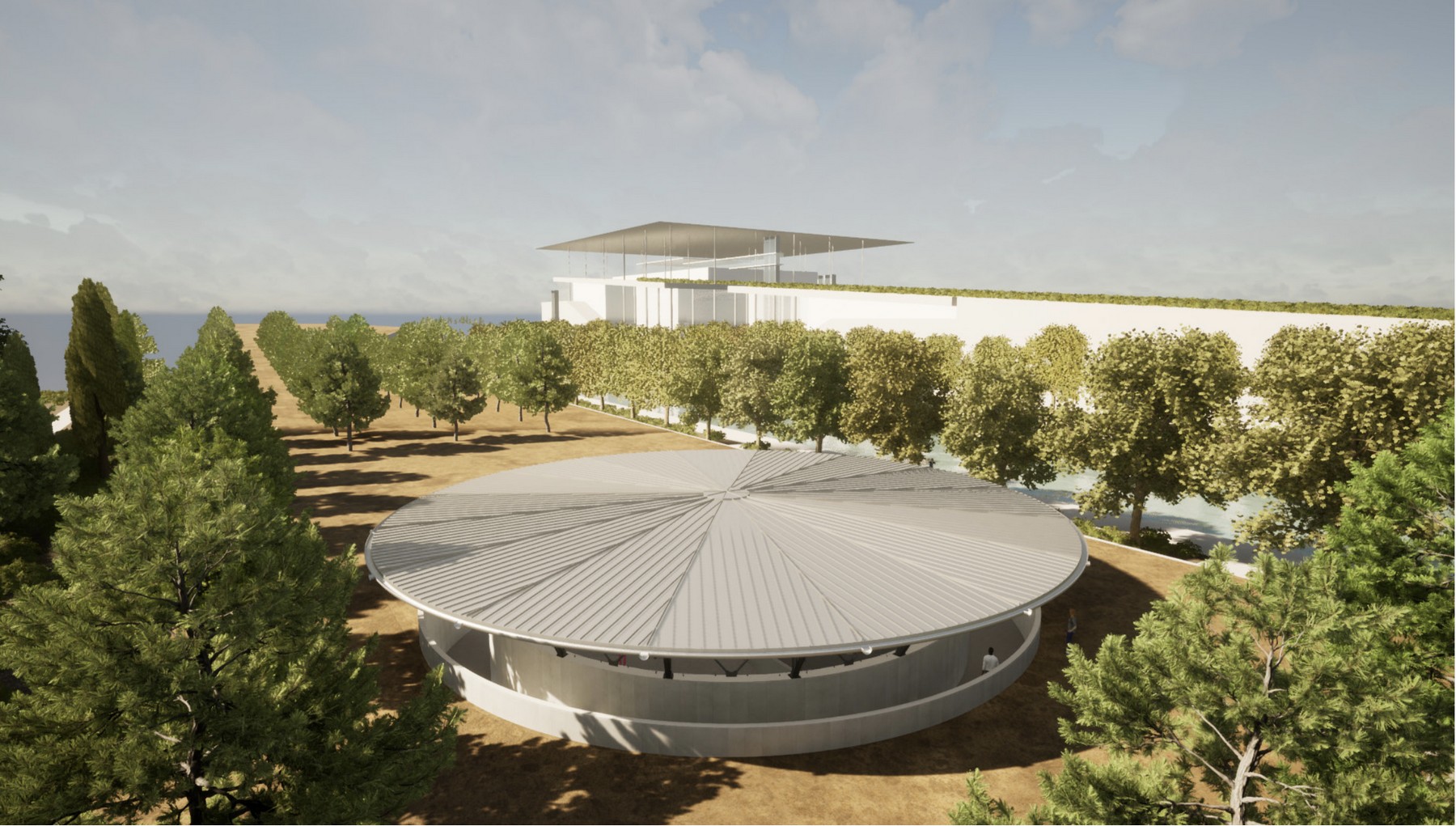
In 2016, it was decided to preserve and showcase the findings in situ and to construct a protective shell. In 2020, as significant preservation issues with the find were identified, the temporary and conditional removal and reinstallation of the find was approved due to the deteriorating condition and damage of the remains, caused by the particular geological substrate. From 2020 to 2023, the necessary studies for the construction of the permanent protection and presentation space for the mass burial at the Esplanade were approved. The construction work of the museum shell is scheduled for completion in 2026 by the services of the Ministry of Culture.

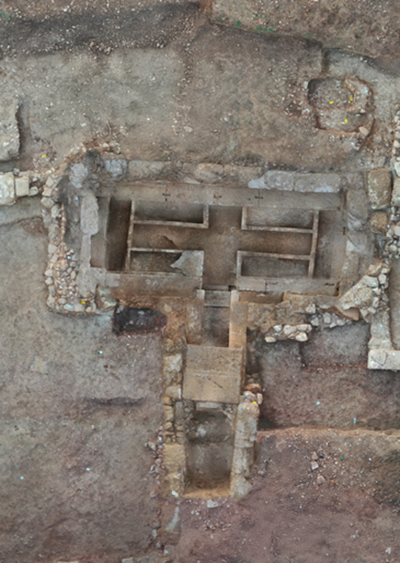
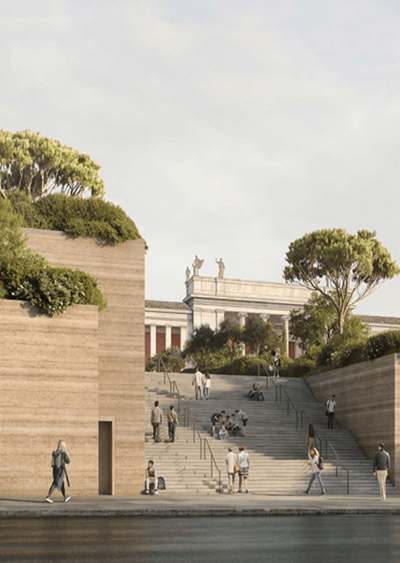
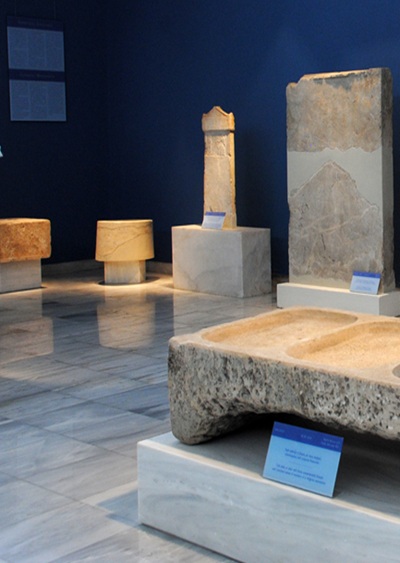
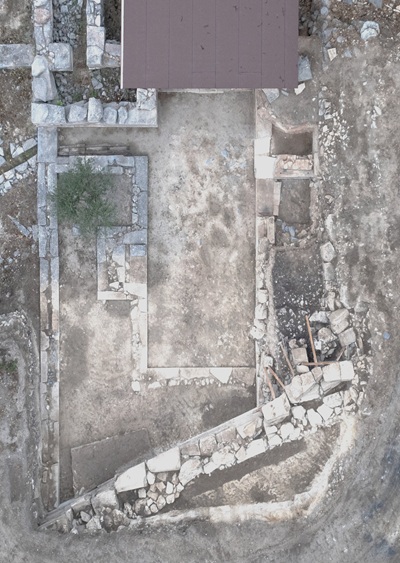


Leave A Comment